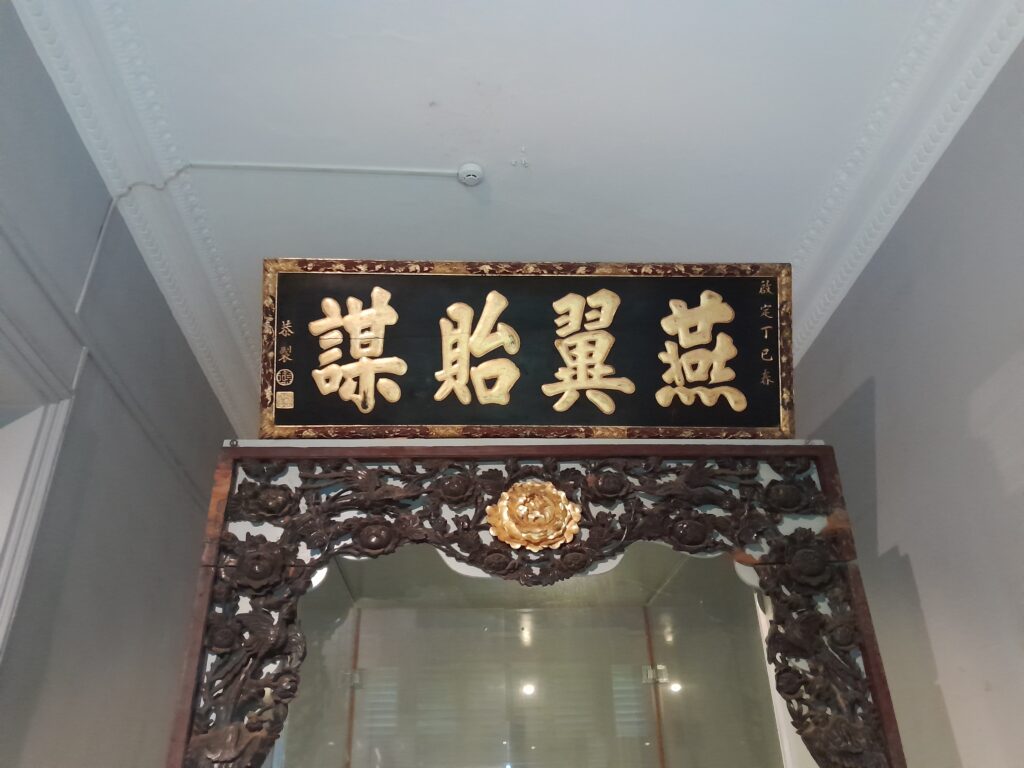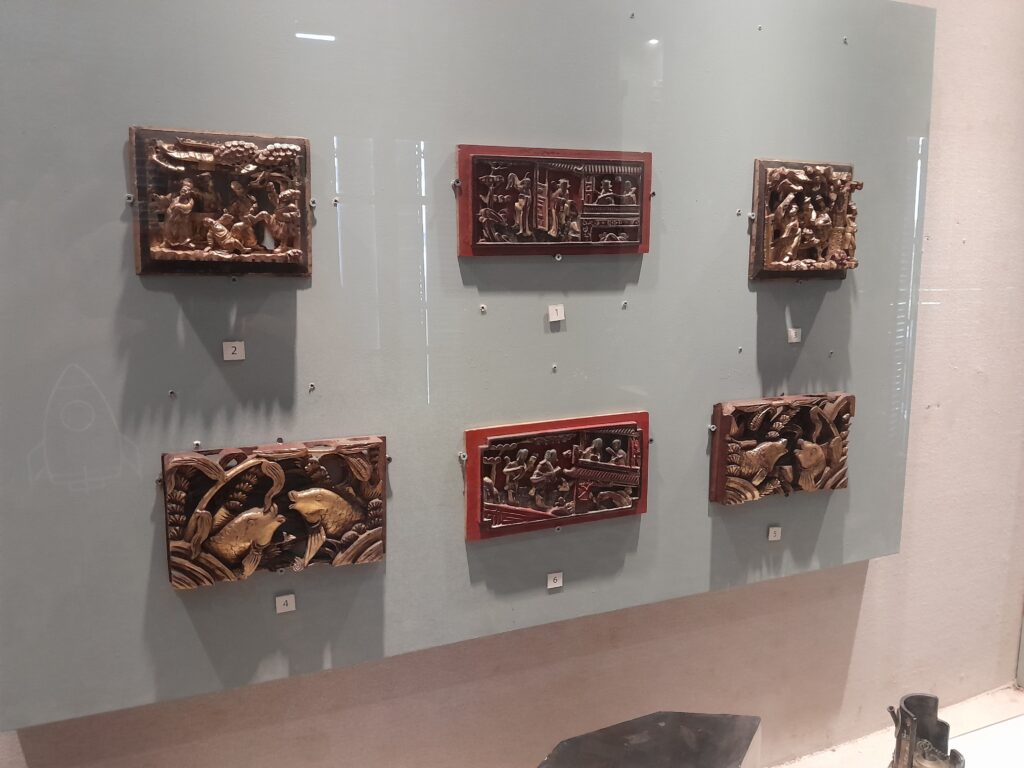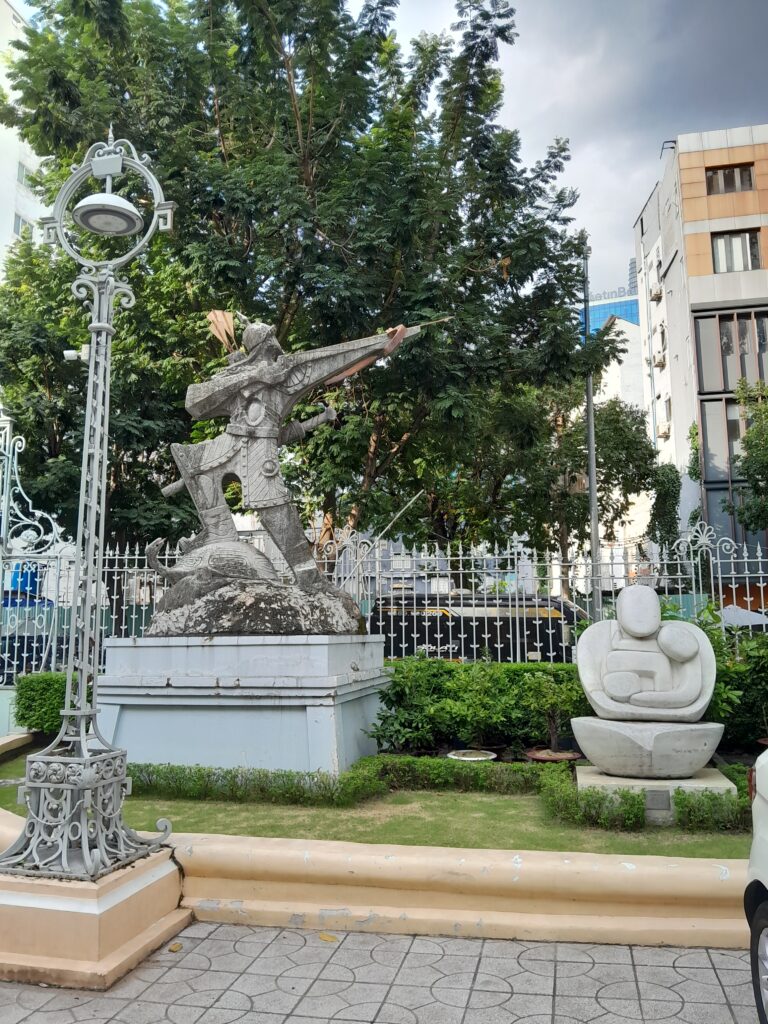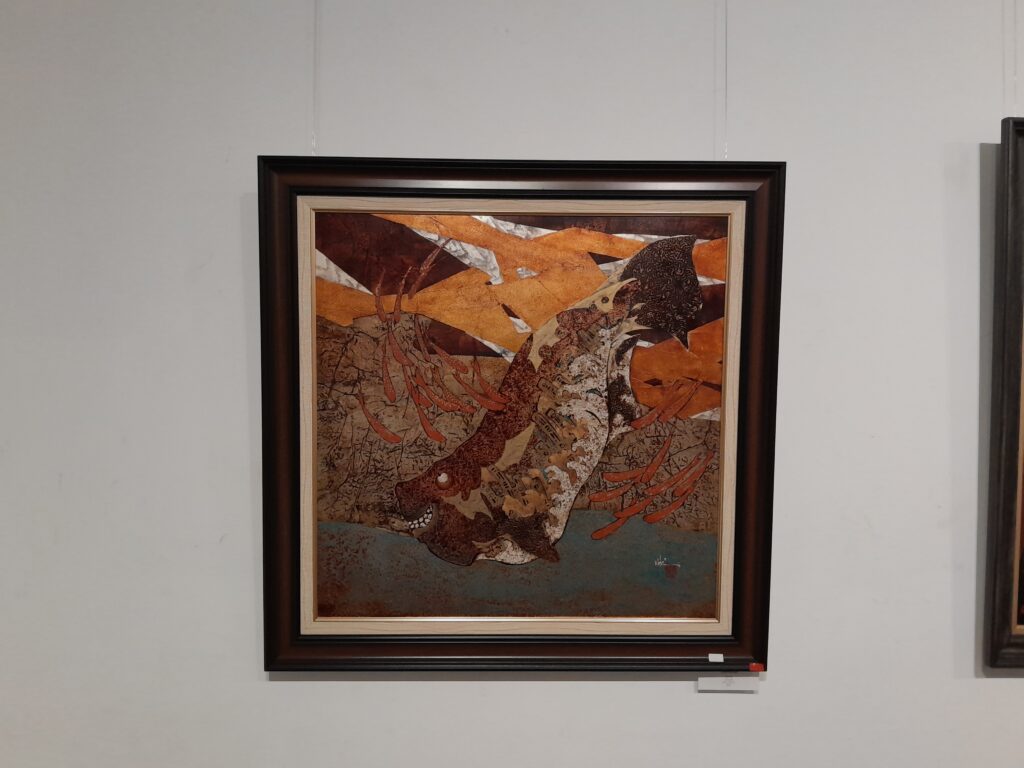Museums remember in different ways. The War Remnants Museum tells its story with photographs, facts, and fragments of war. The Museum of Fine Arts , just across the city, remembers through painting and sculpture. Both left an impression on me, but in very different ways.

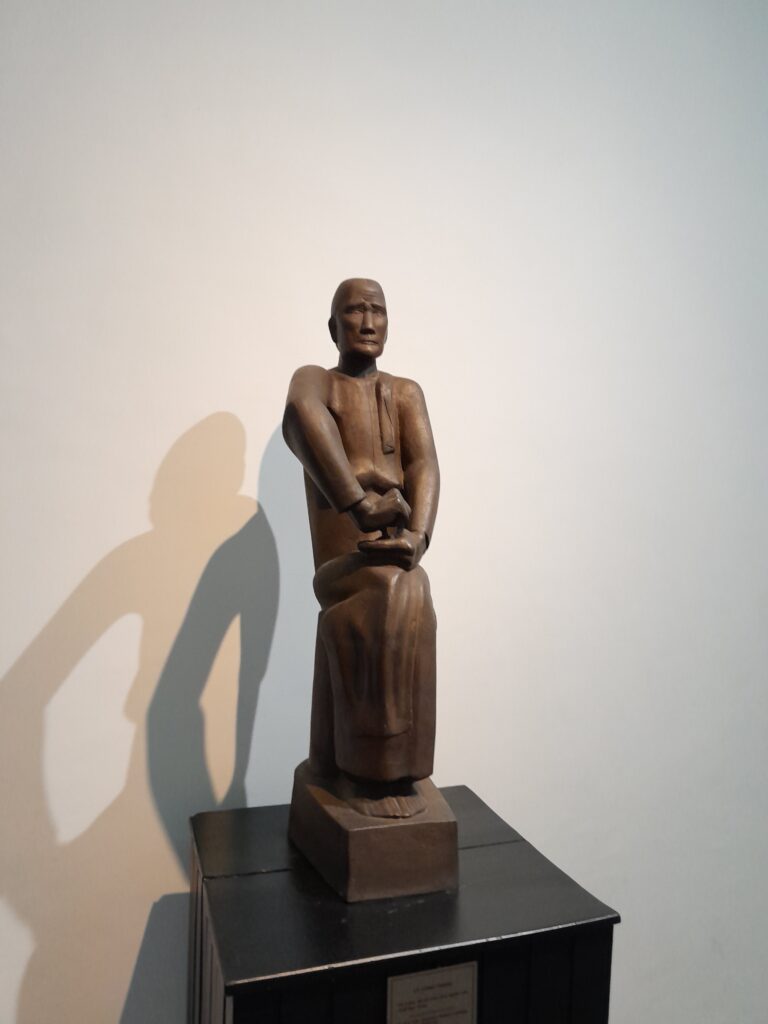
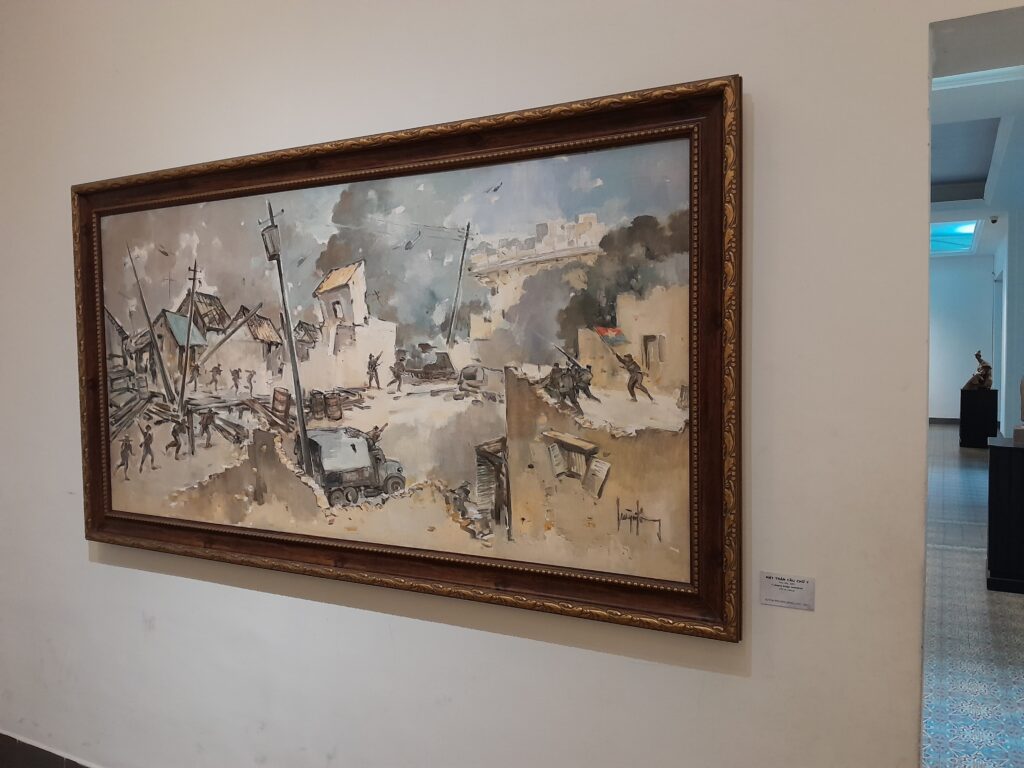

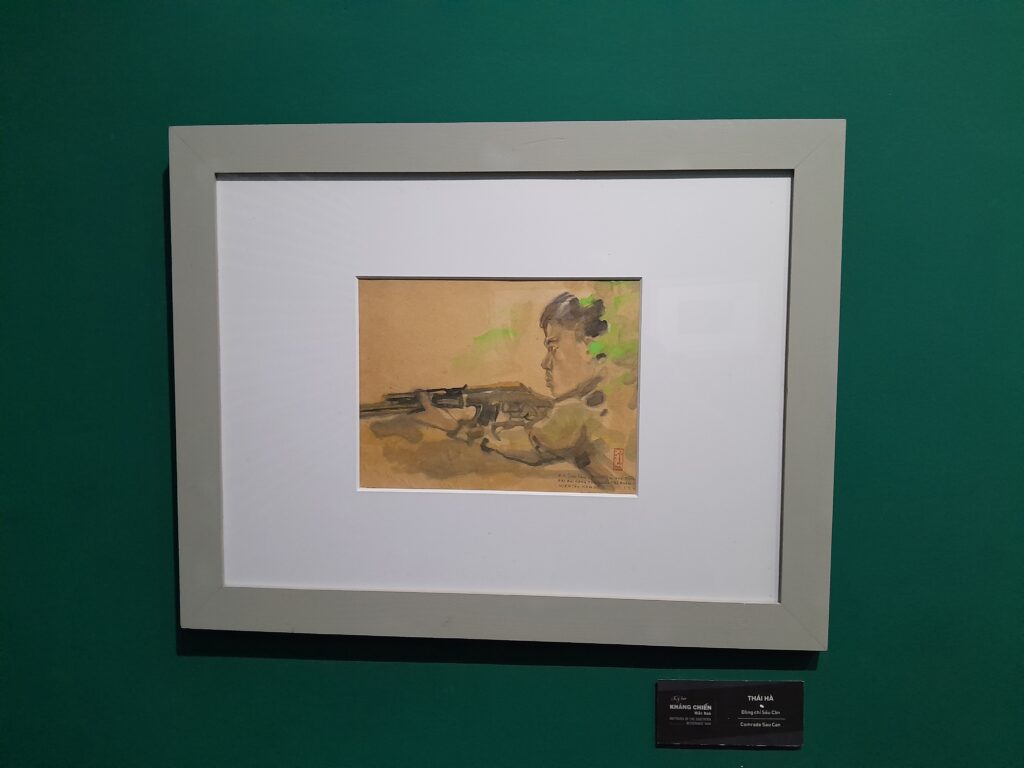
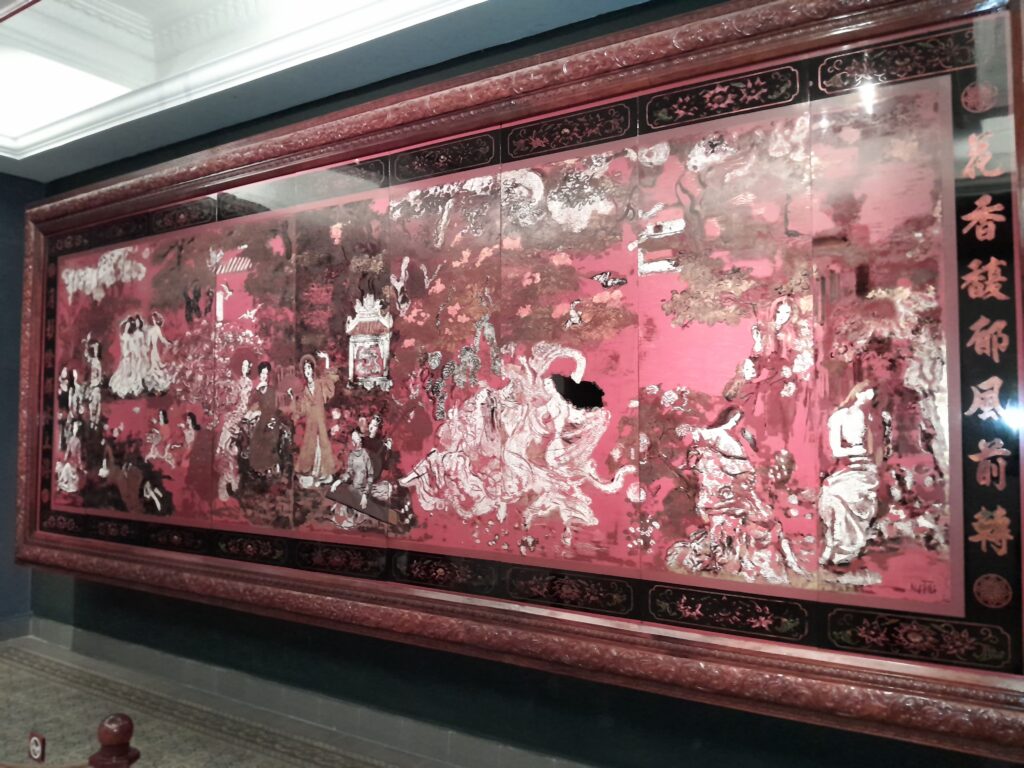
The Museum of Fine Arts in Ho Chi Minh City is one of the largest art museums in Vietnam, second only to its counterpart in Hanoi, and houses a wealth of both historical and contemporary exhibitions.
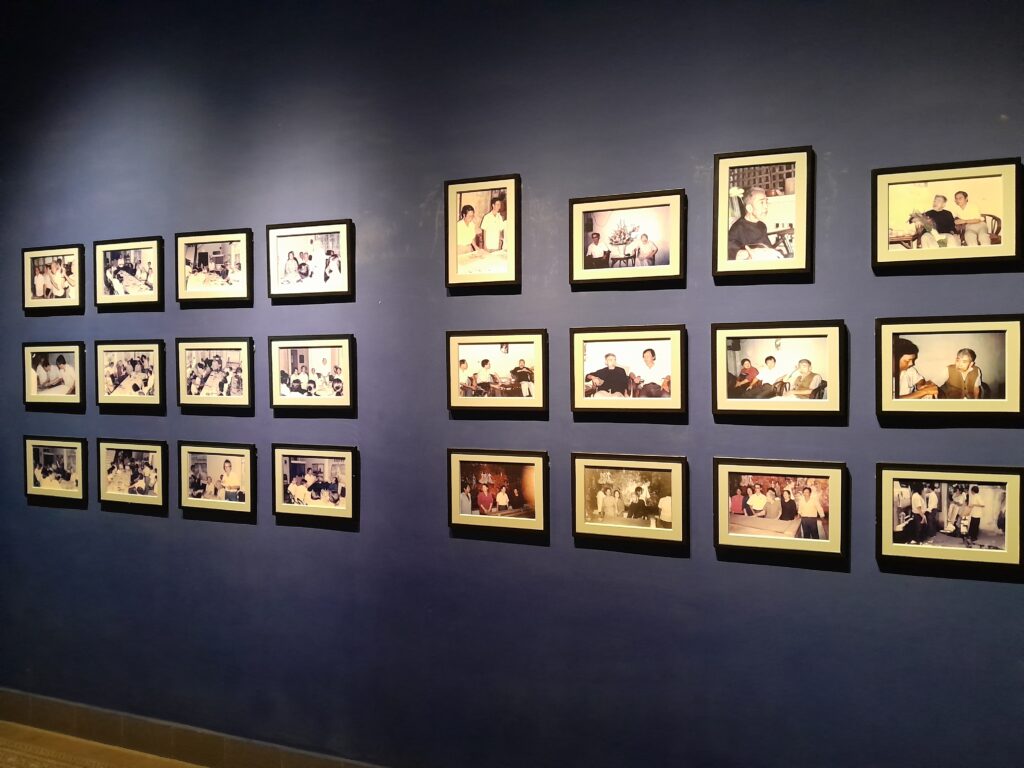
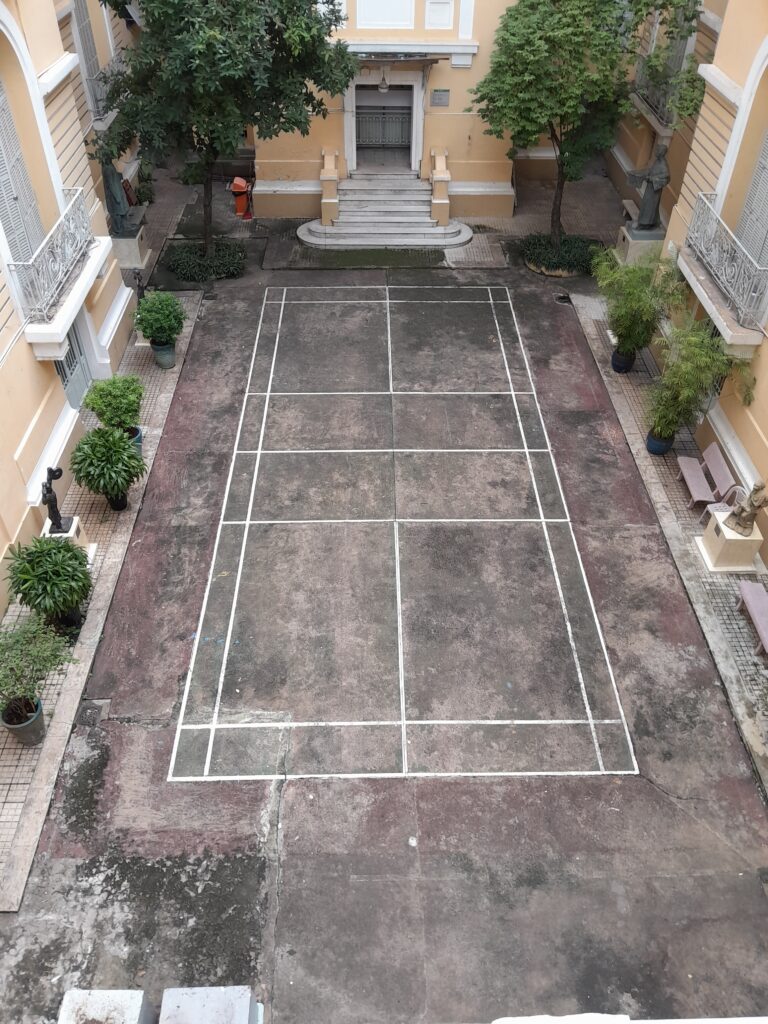
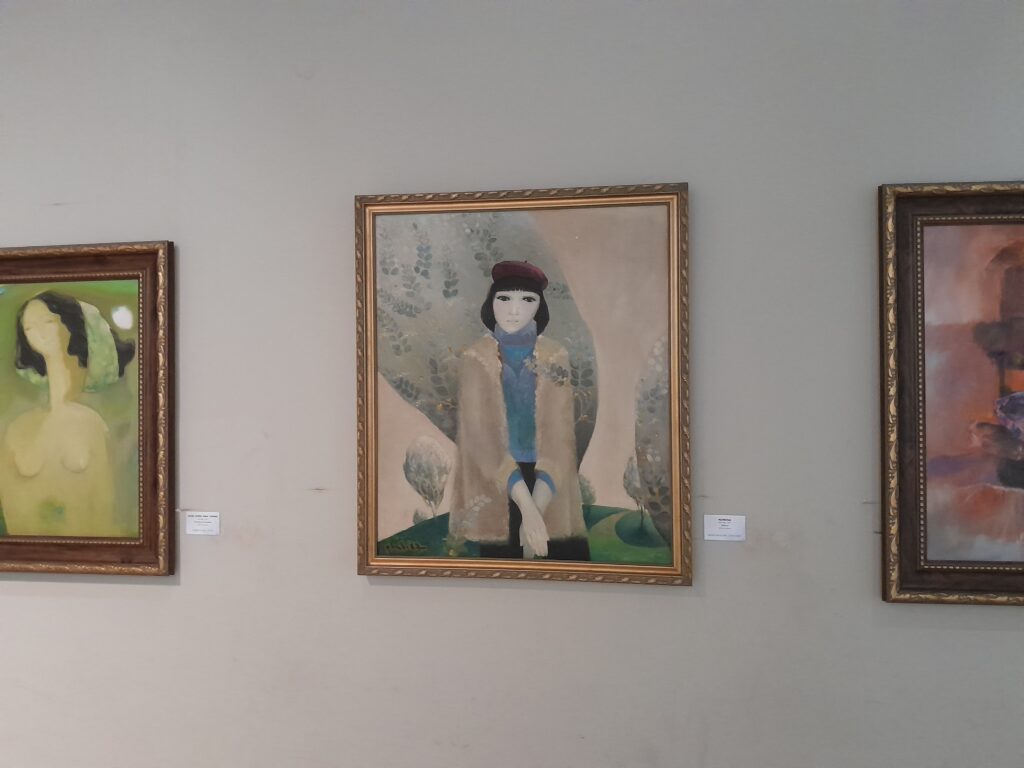
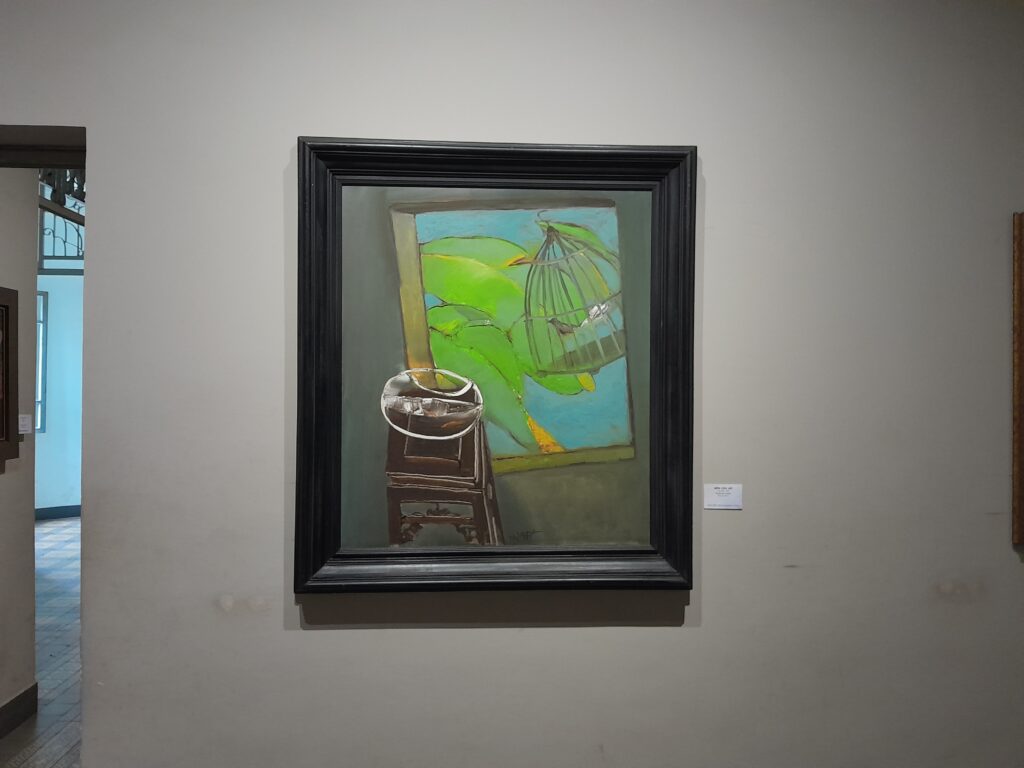
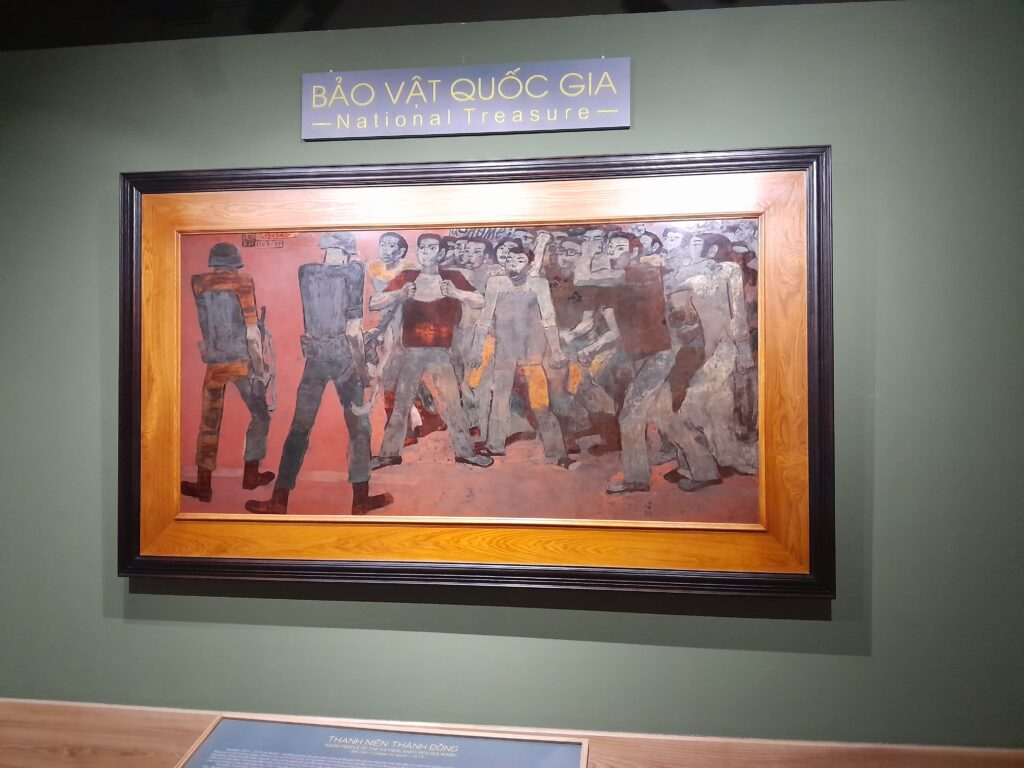
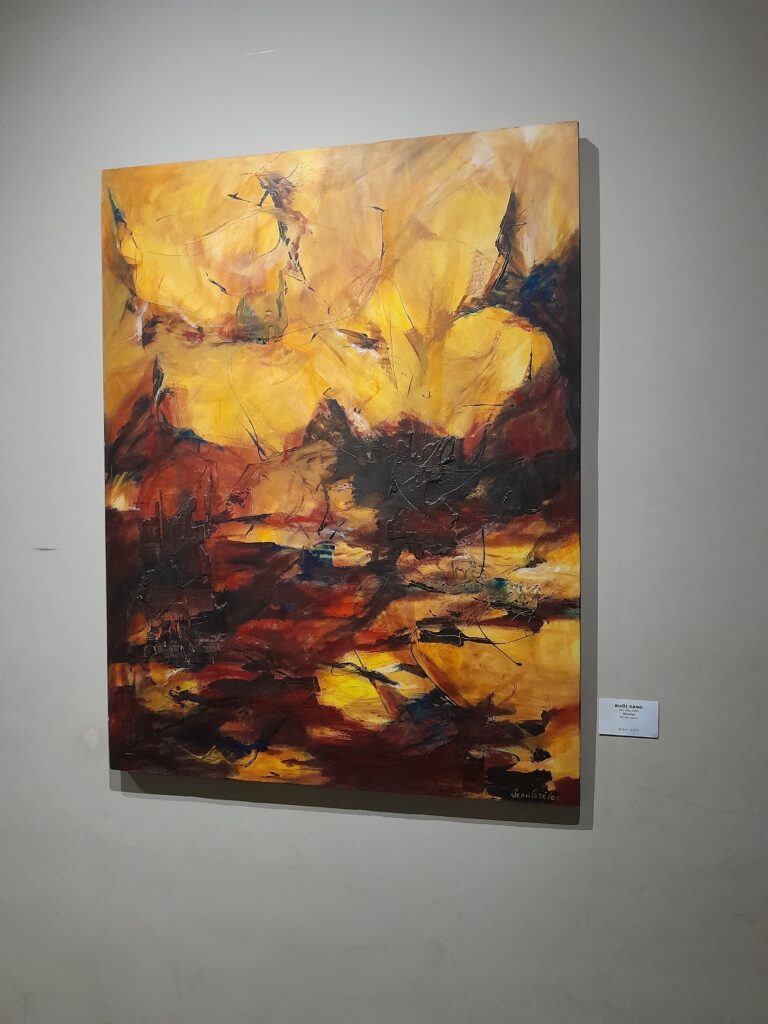
Before you even step inside, art surrounds you. The grounds are dotted with sculptures. Some depict important historical figures, others are modern installations. Even the building itself feels like part of the exhibit. Built in 1929 by French architects, it was once the home of Hua Bon Hoa, a wealthy Chinese-Vietnamese businessman. The mansion has changed hands many times, before finally opening as a museum in 1992. Restoration efforts continue not just for the art within, but for the building itself.
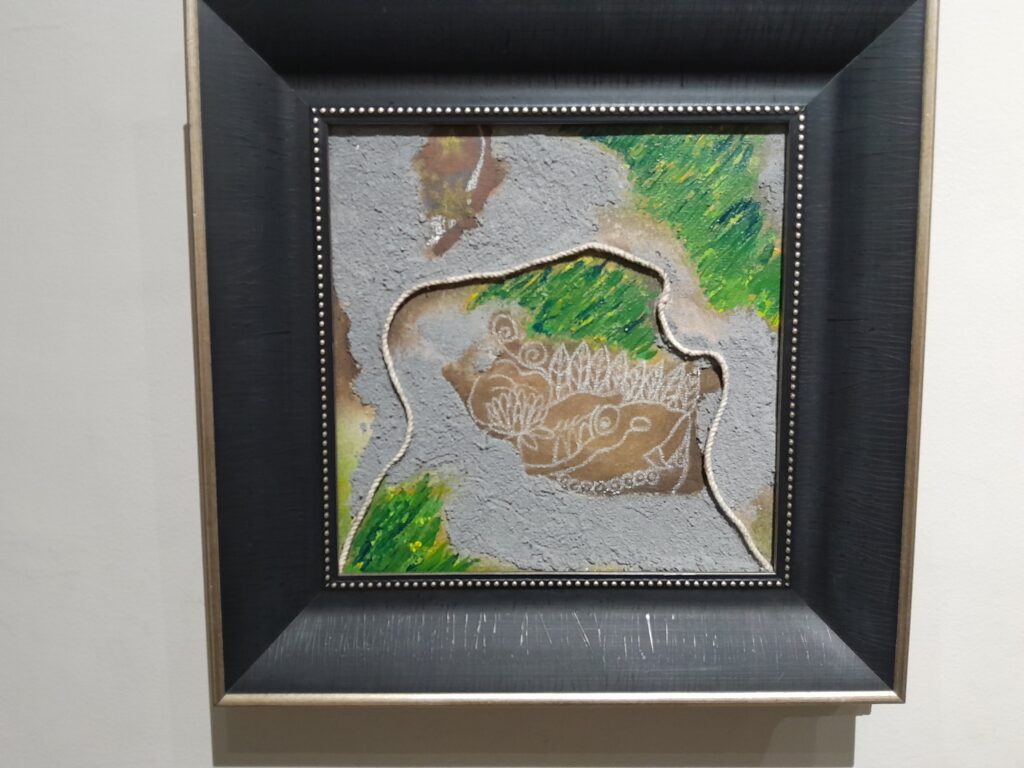
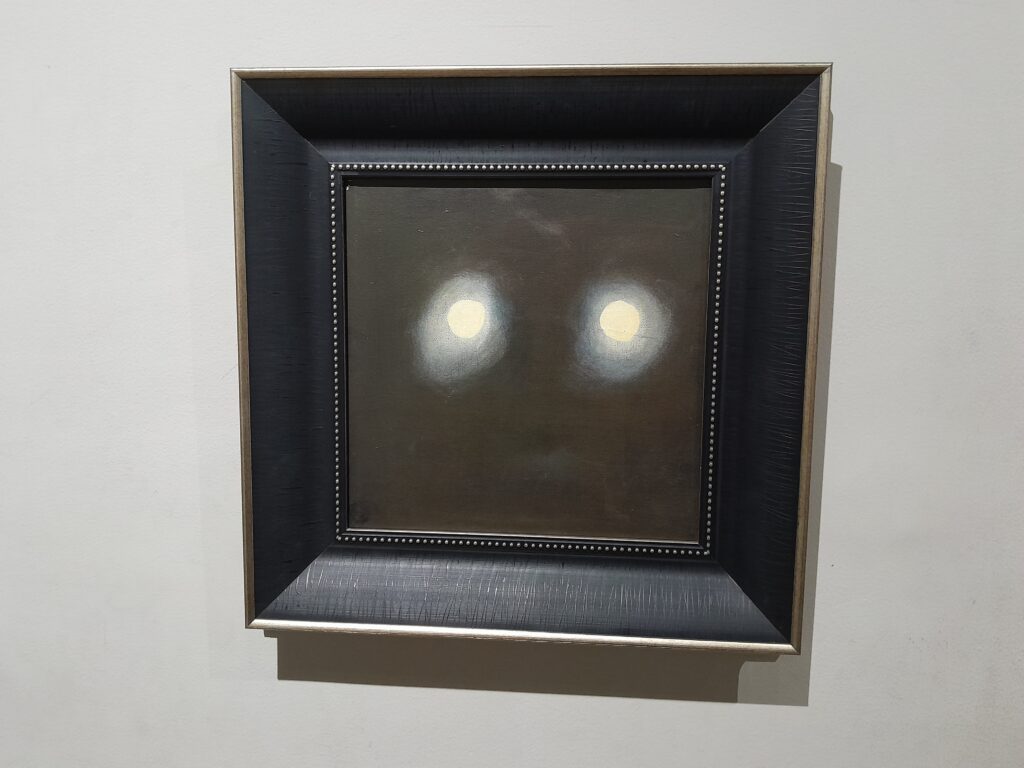
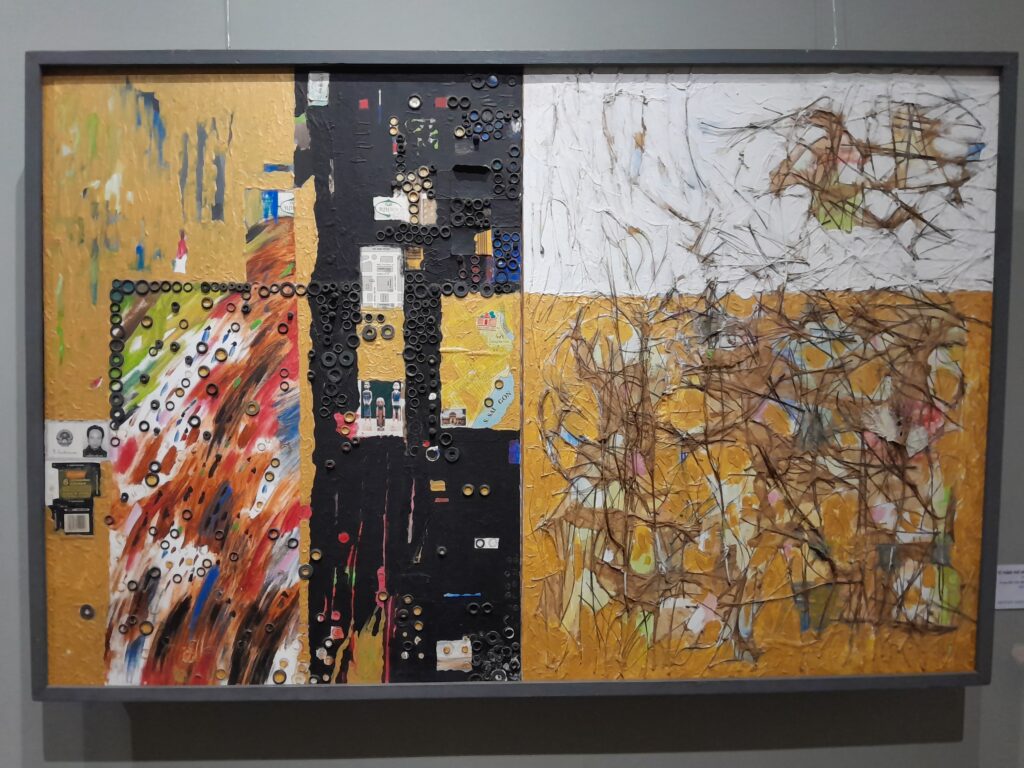
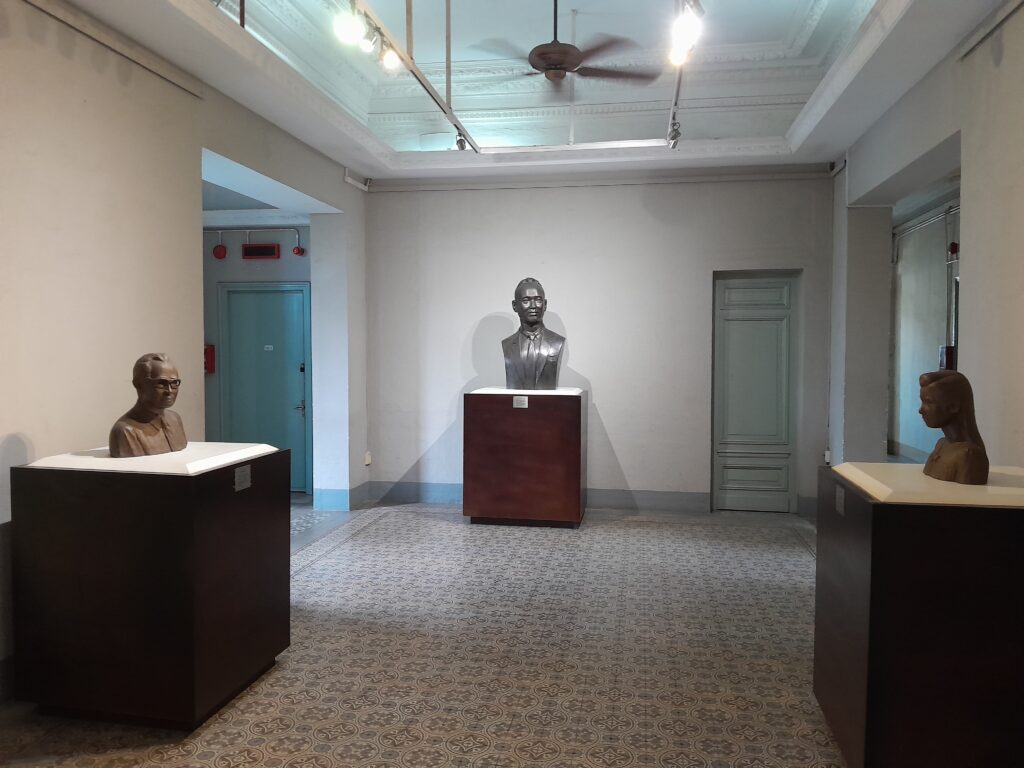
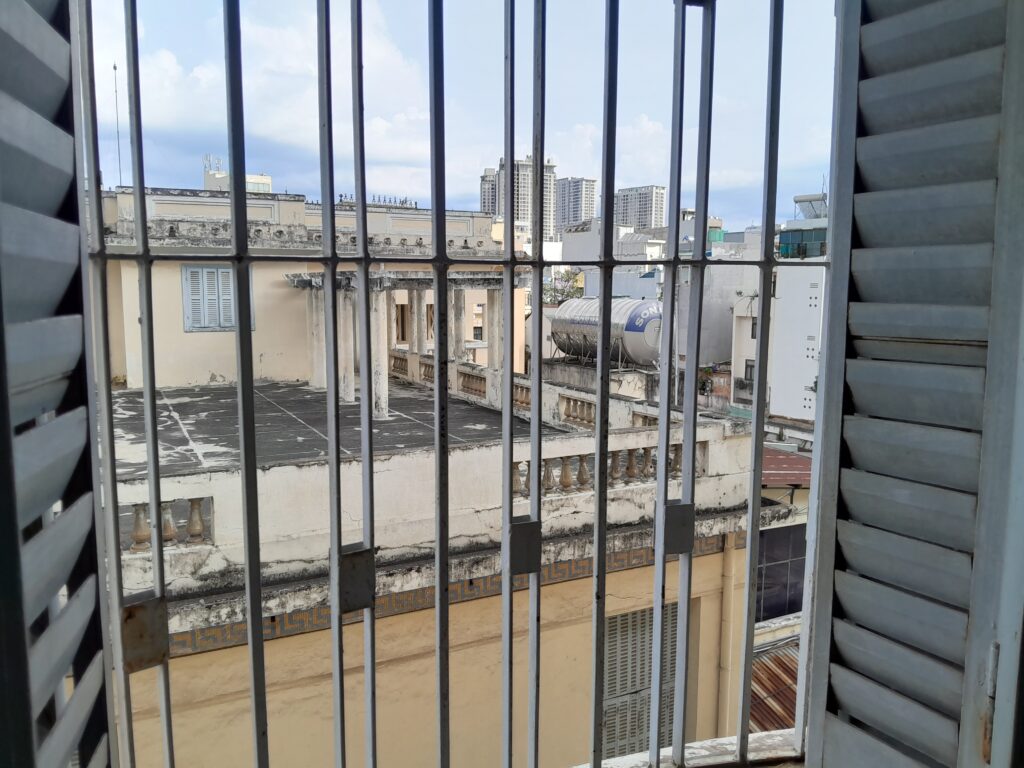

It’s also a popular photo spot. While we were there, several people posed for photo shoots around the museum’s balconies and staircases. There’s a photography fee of around $12 if you’re using a professional camera, which shows just how much people appreciate this visually iconic space.
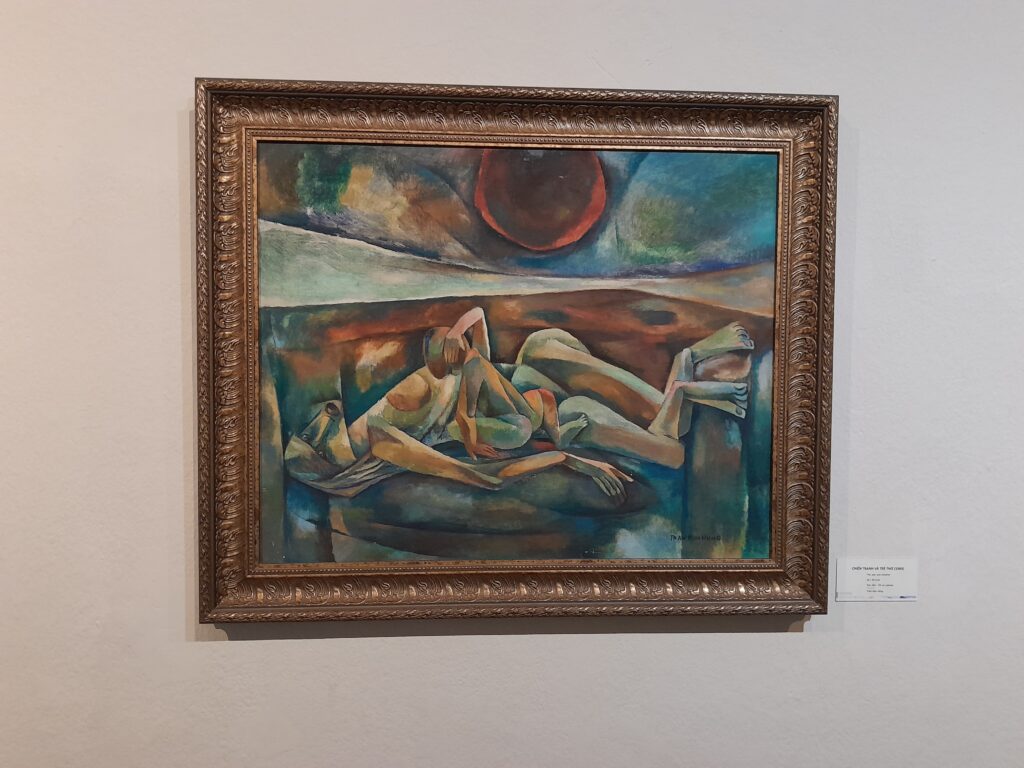
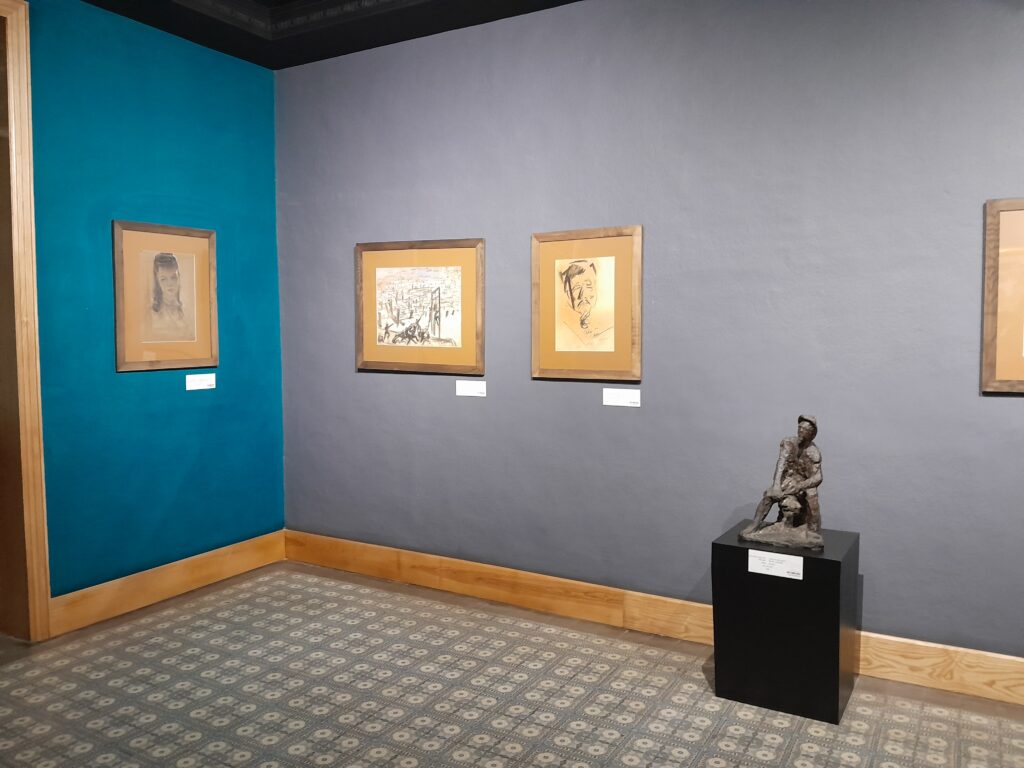
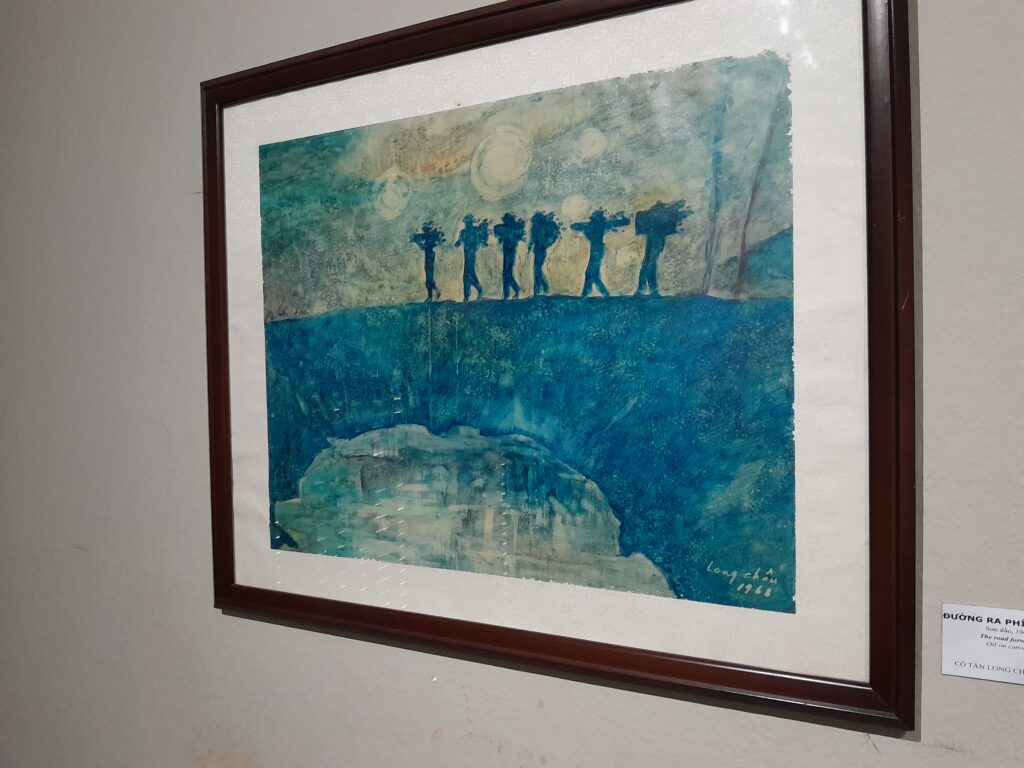
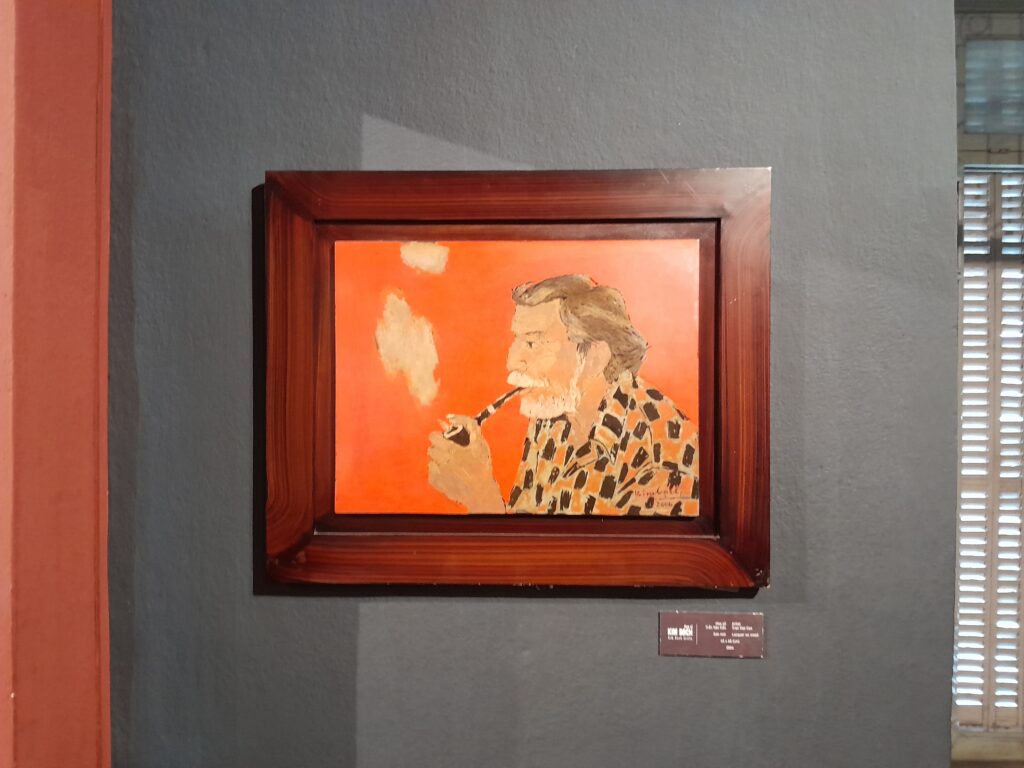
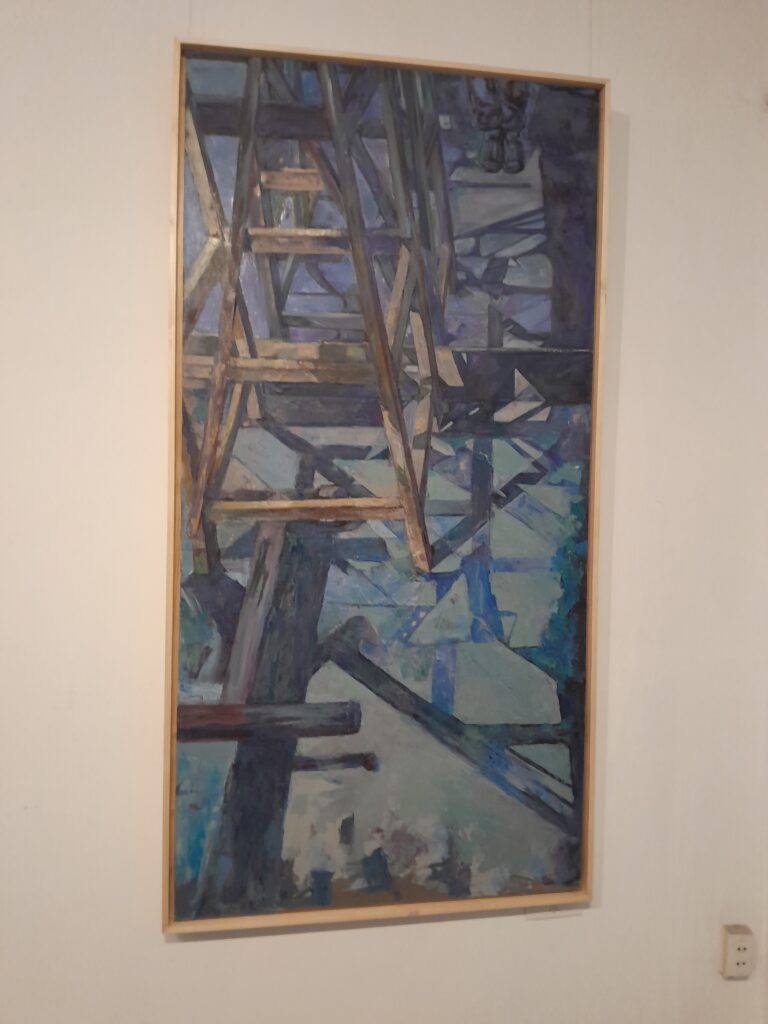
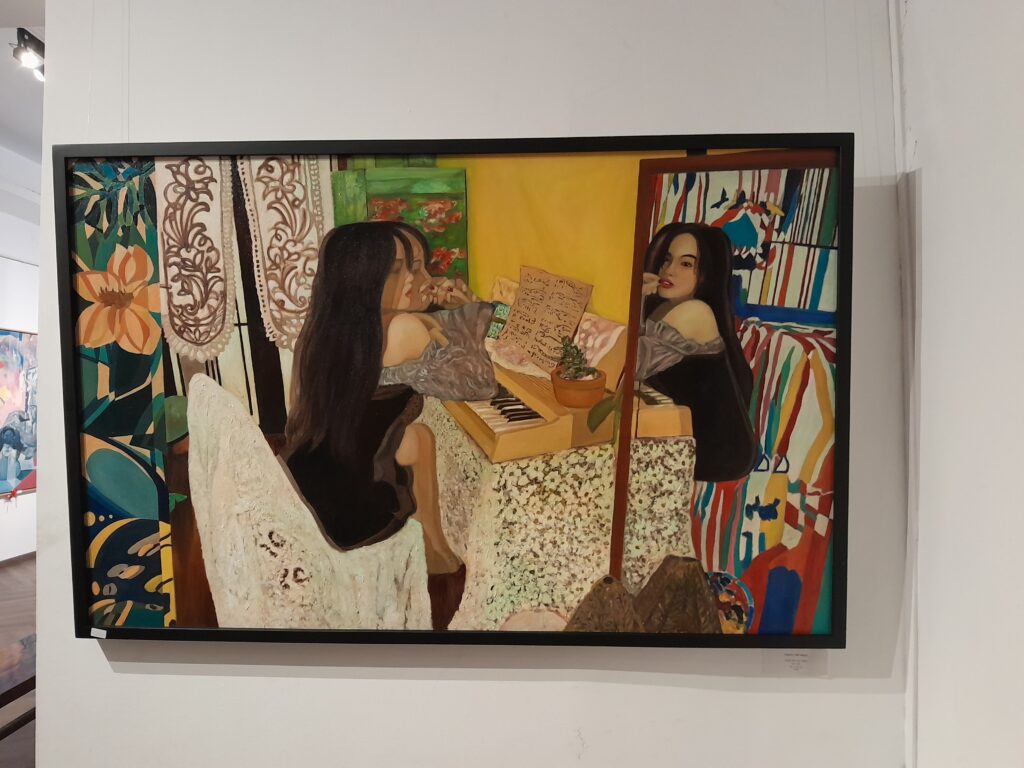
Inside, the layout still resembles a home. Narrow corridors wrap around the edges, and each room contains a different exhibit. Some are focused on individual artists, others are built around themes. Many pieces reflect resistance during the Vietnam War, portraying soldiers and moments of civil defiance.
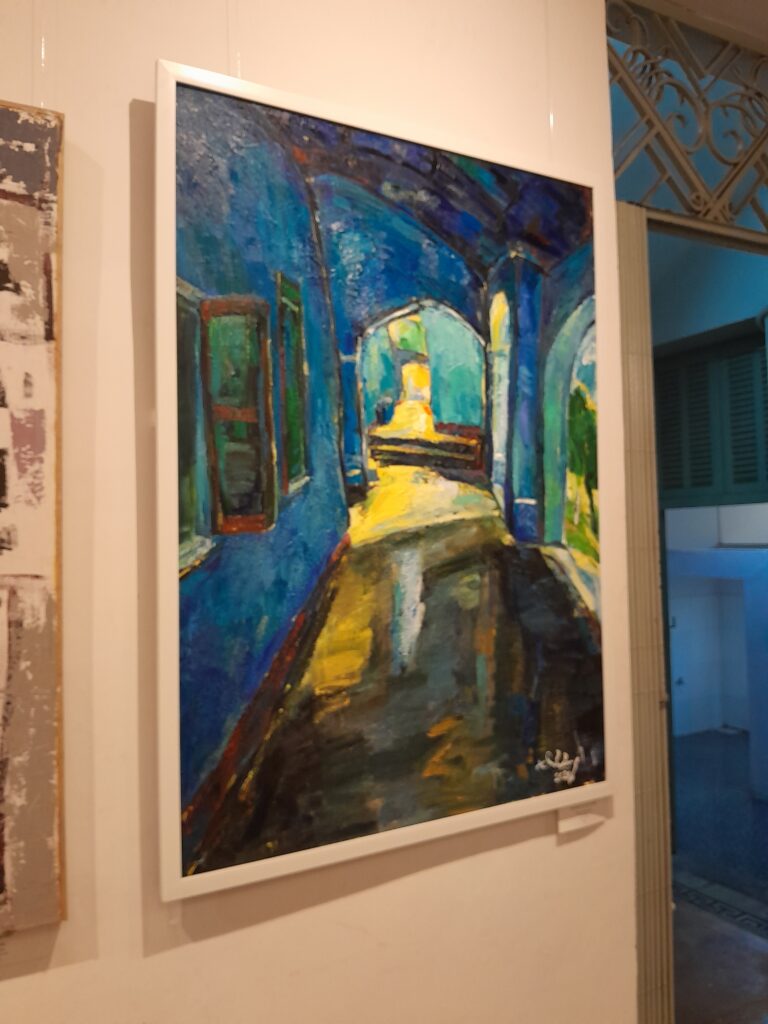
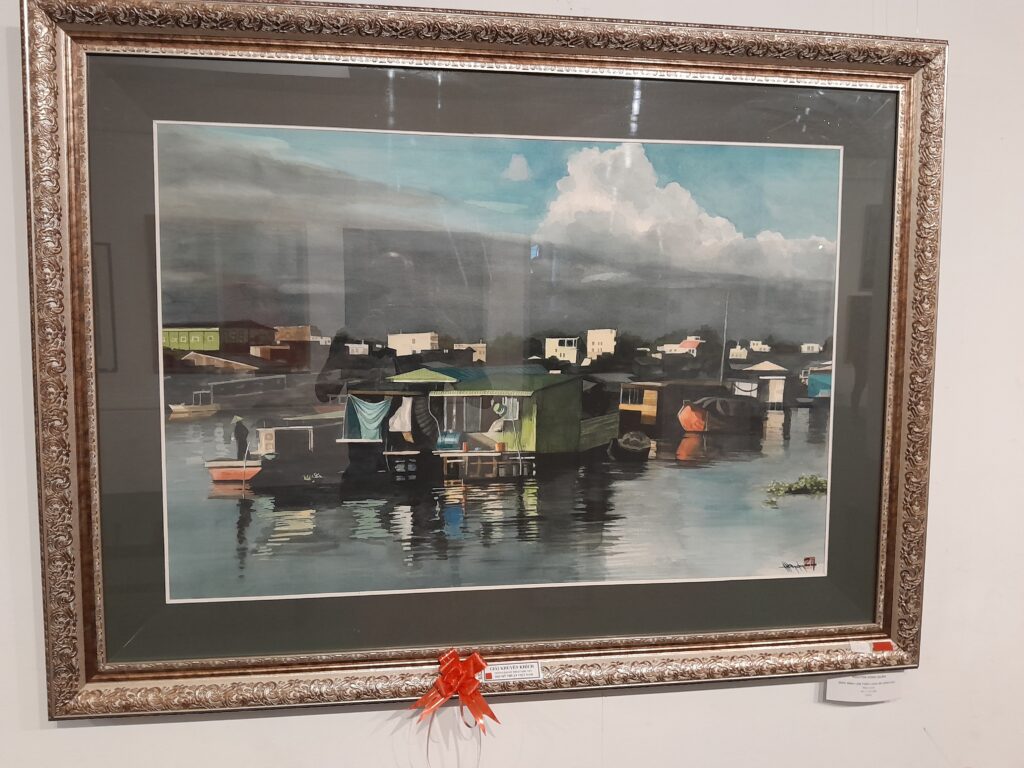
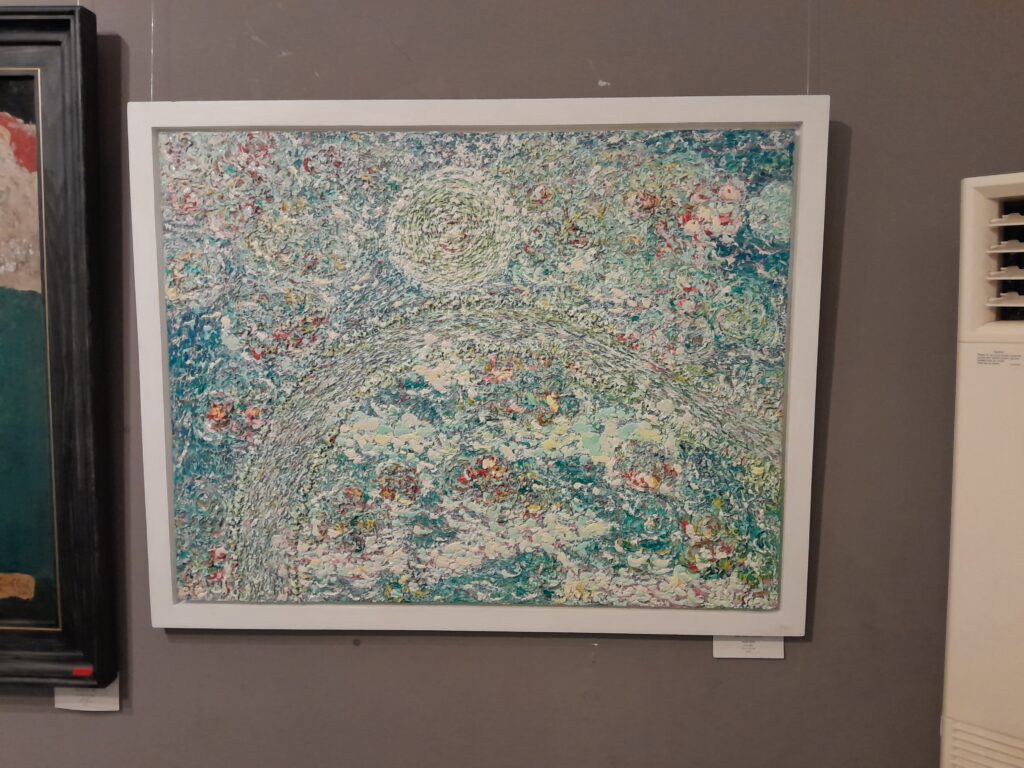
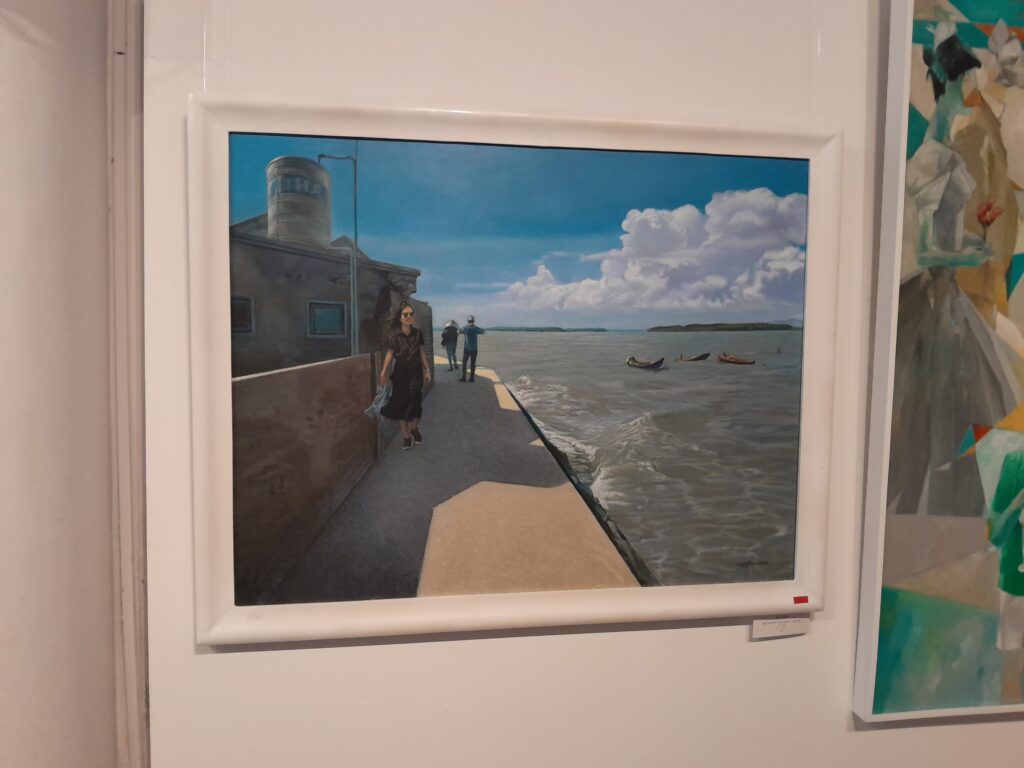
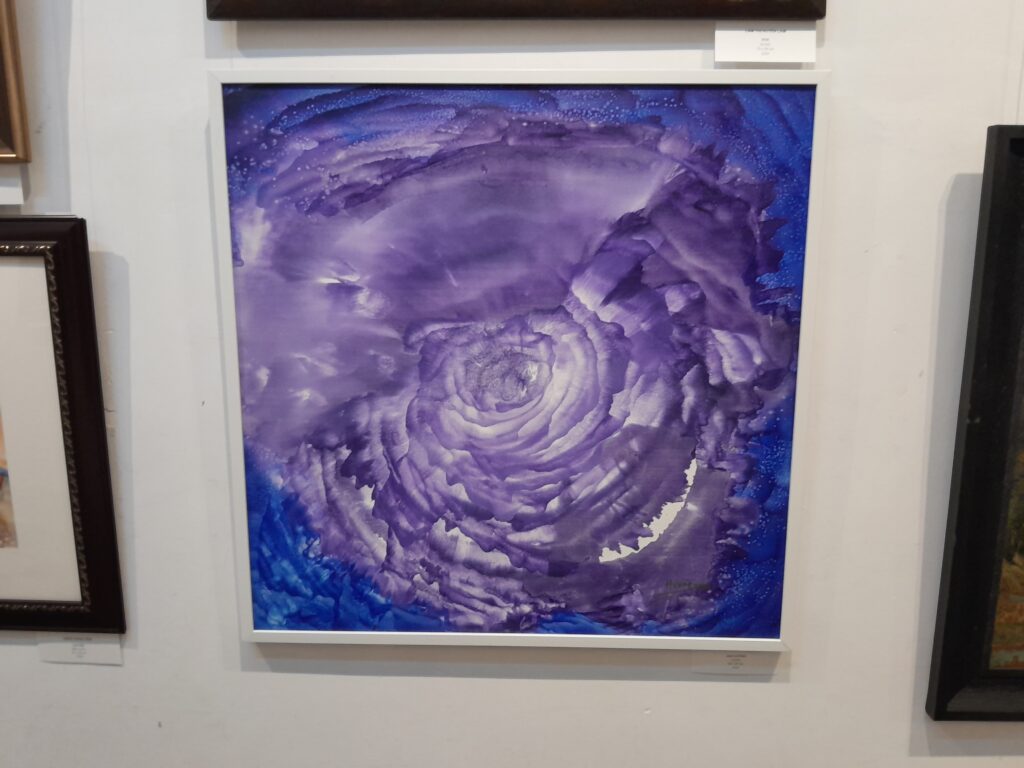
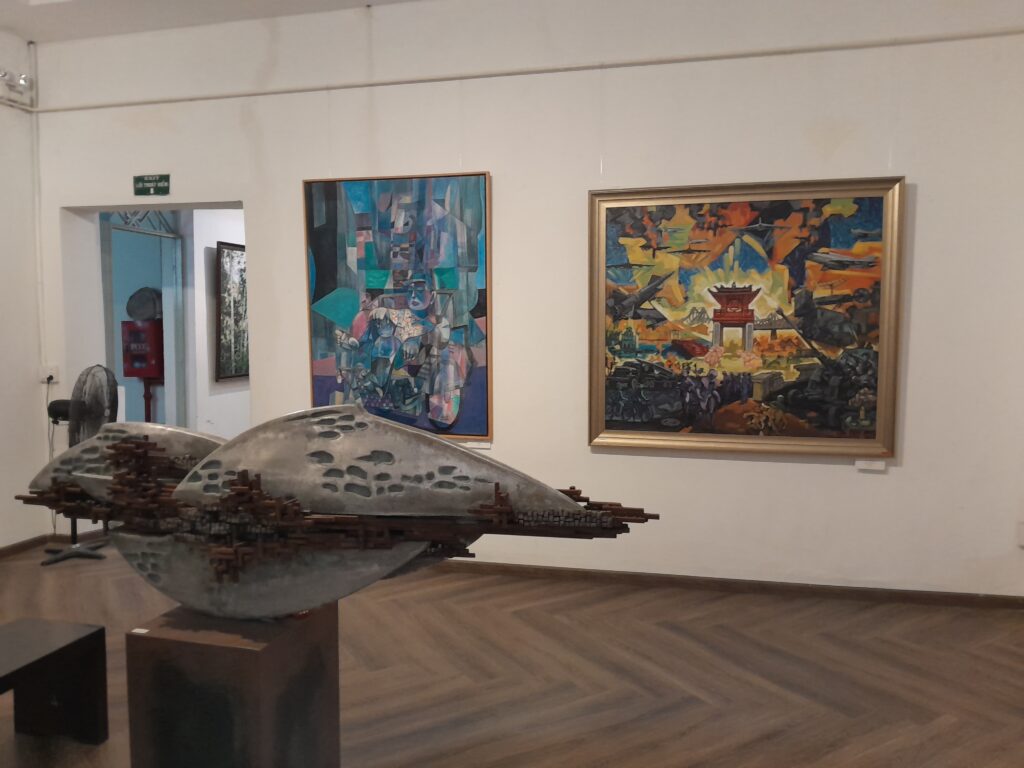
The art ranges across styles: traditional scroll paintings, pointillism, cubism, and more abstract works all coexist here. A photography exhibit captures slices of life across Vietnam, while sculptures in bronze and stone line the hallways, often catching you by surprise as you turn a corner.
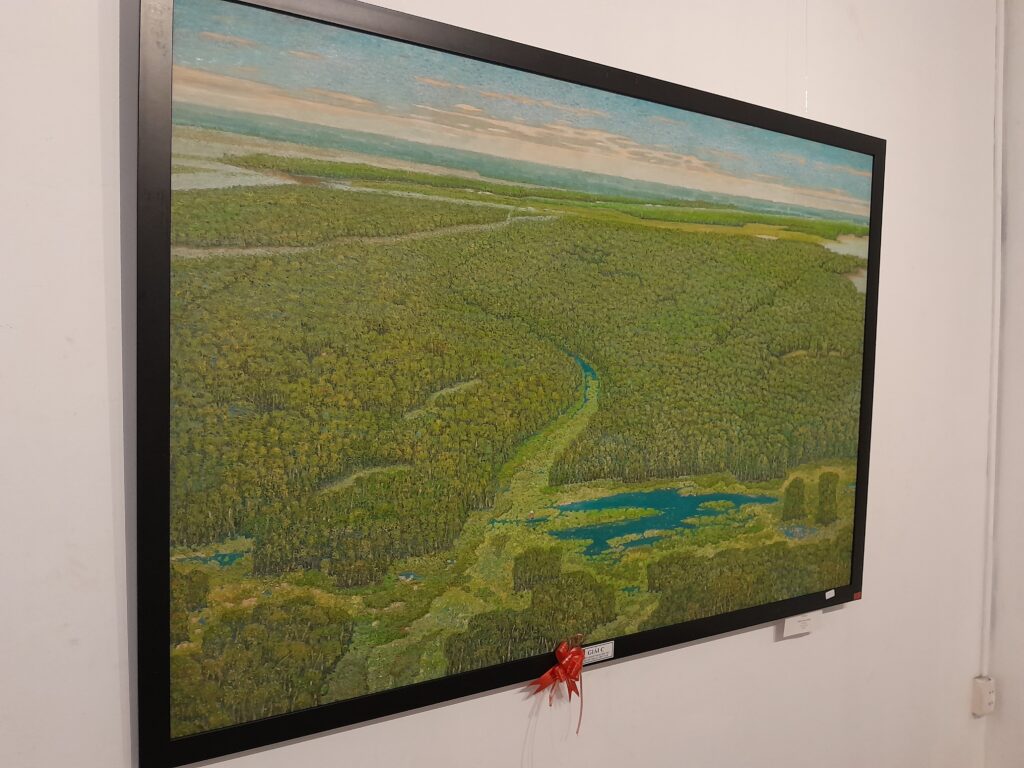
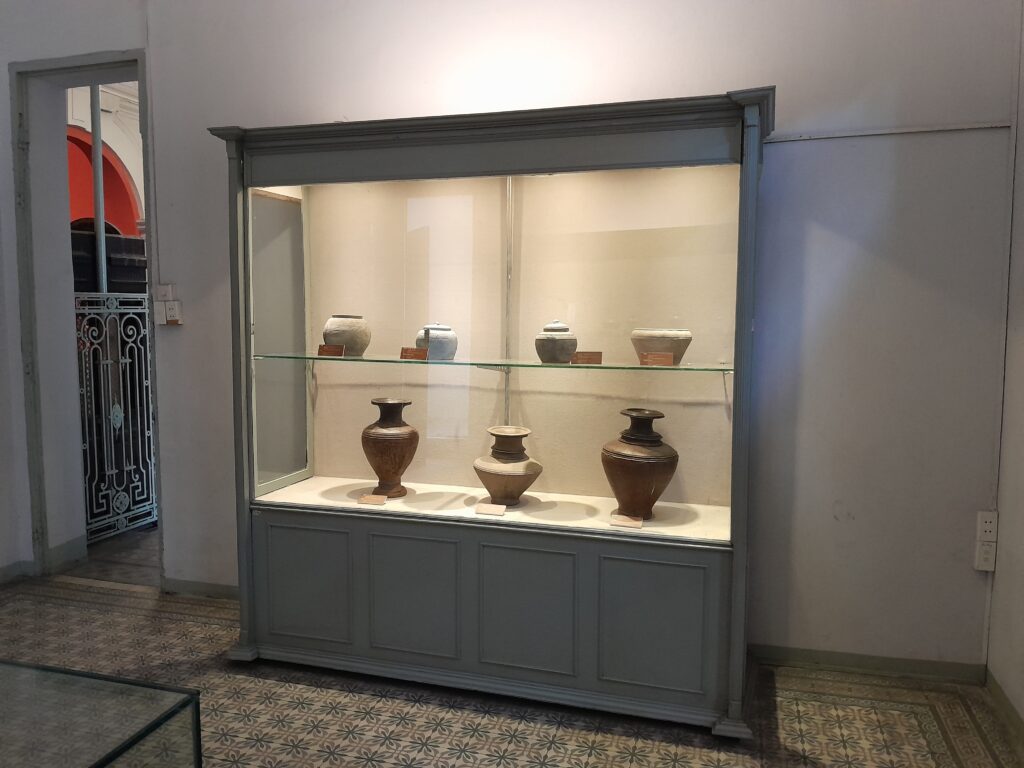

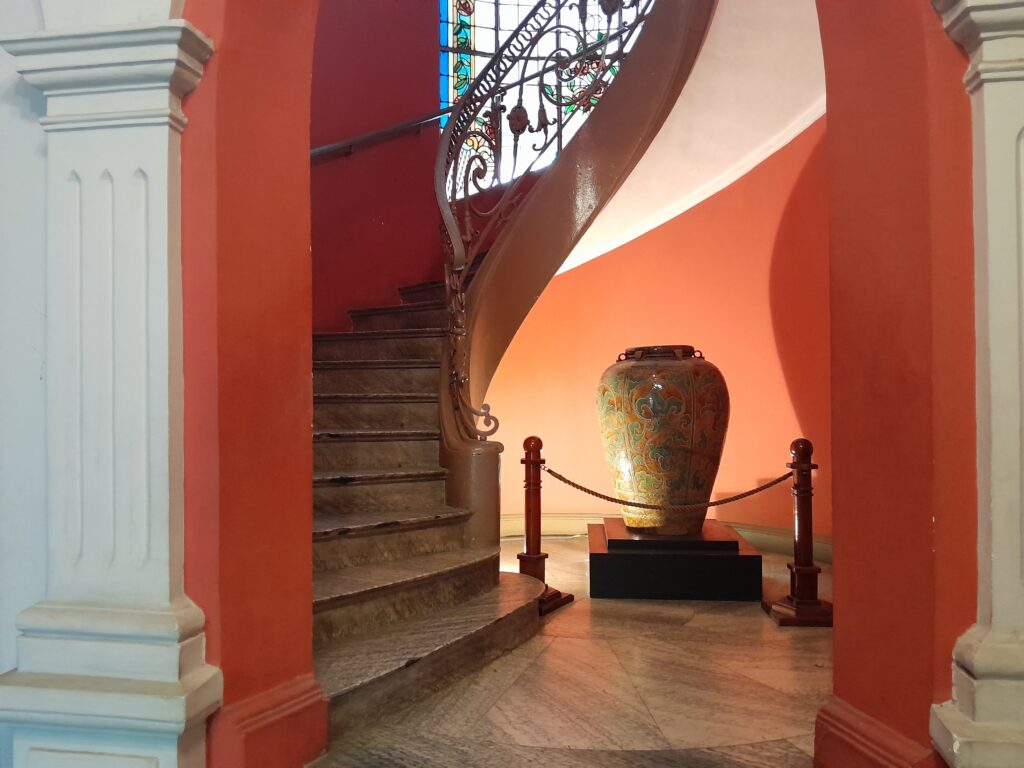
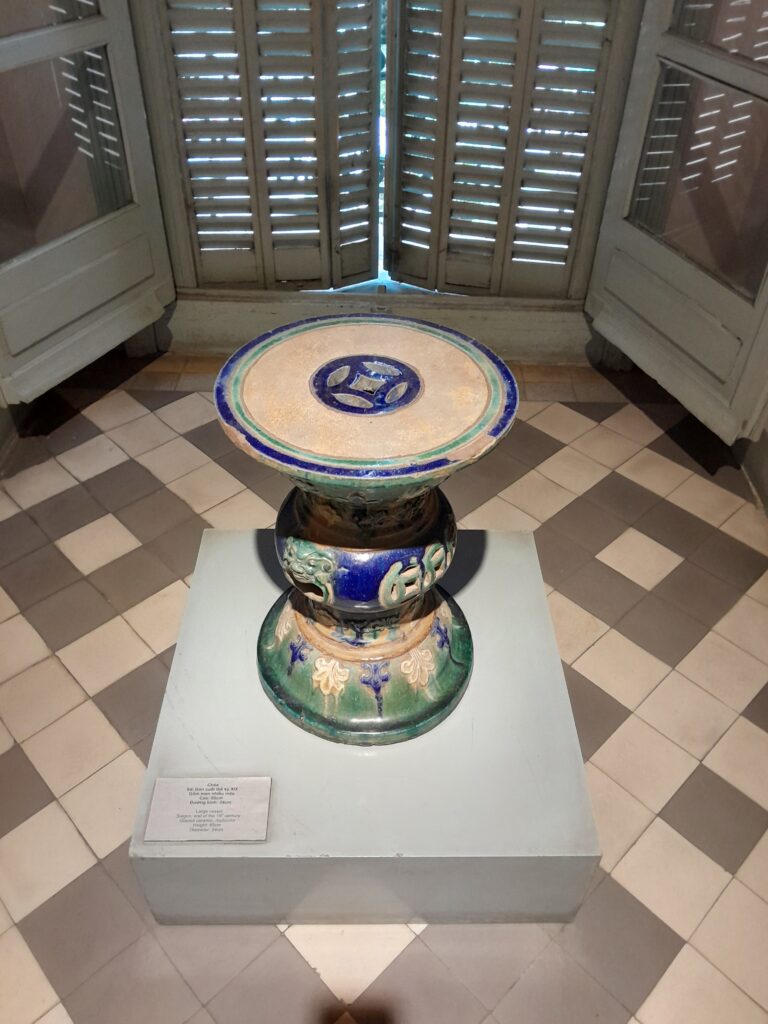
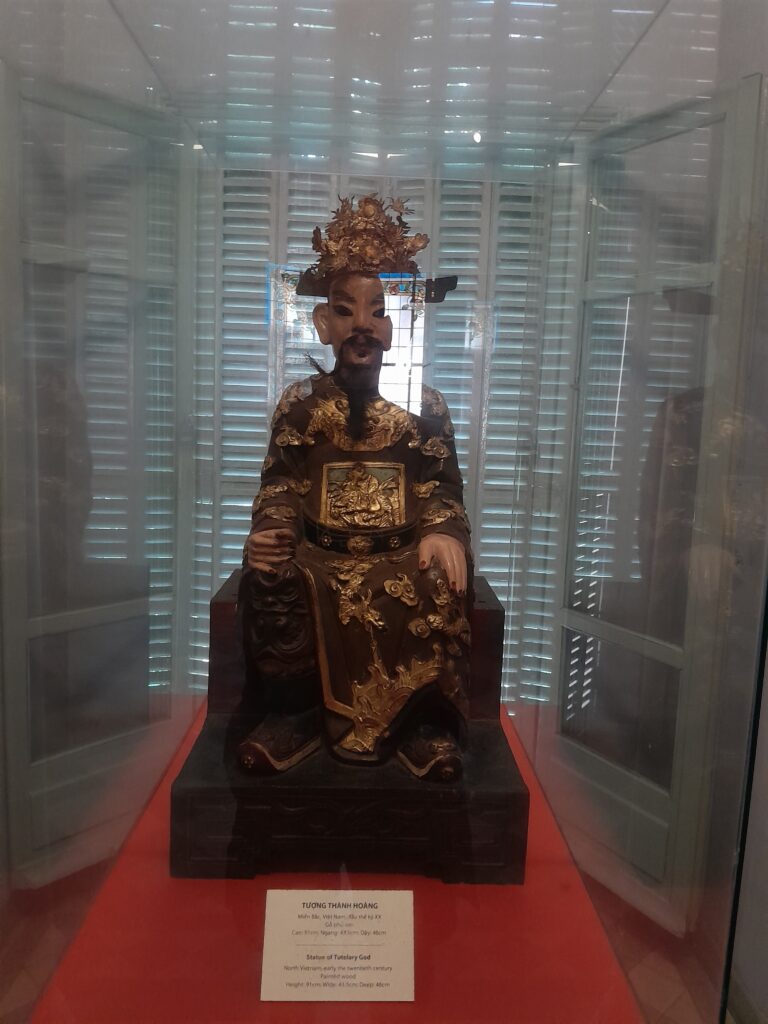
In a smaller, adjacent building is a collection of bronze artifacts, many unearthed over the years. These objects were once used in homes, religious rituals, or architectural decoration. They highlight how art and daily life have long been intertwined in Vietnamese culture. This section has more of a traditional museum feel, in contrast to the art gallery feel of the other exhibits.
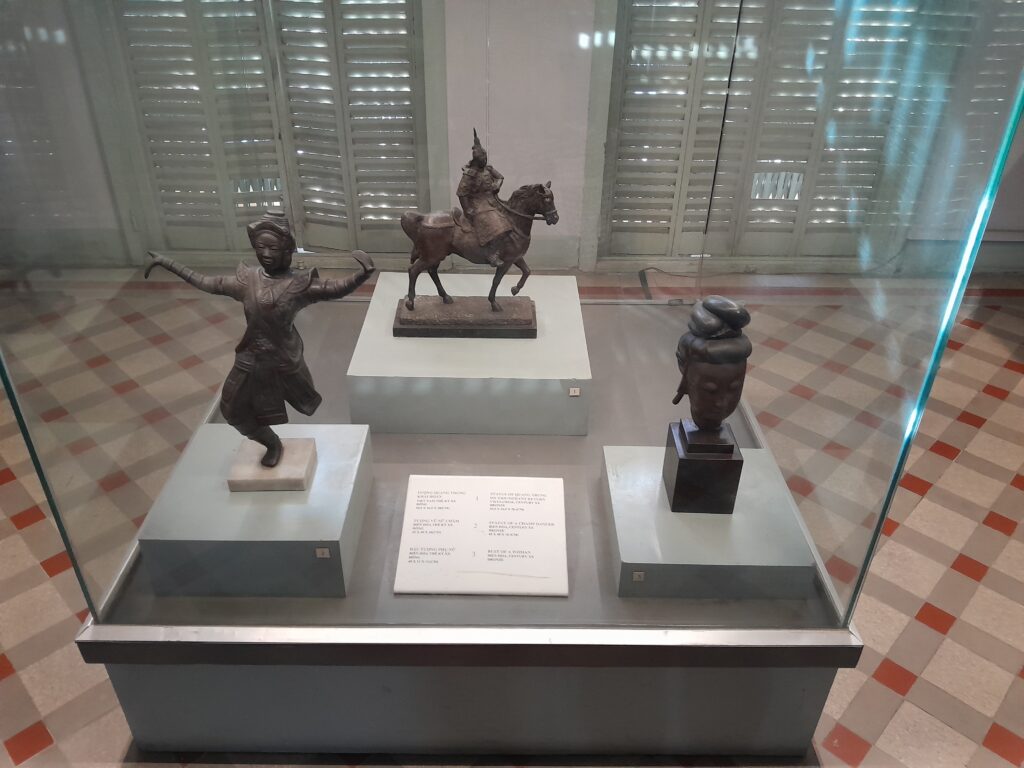
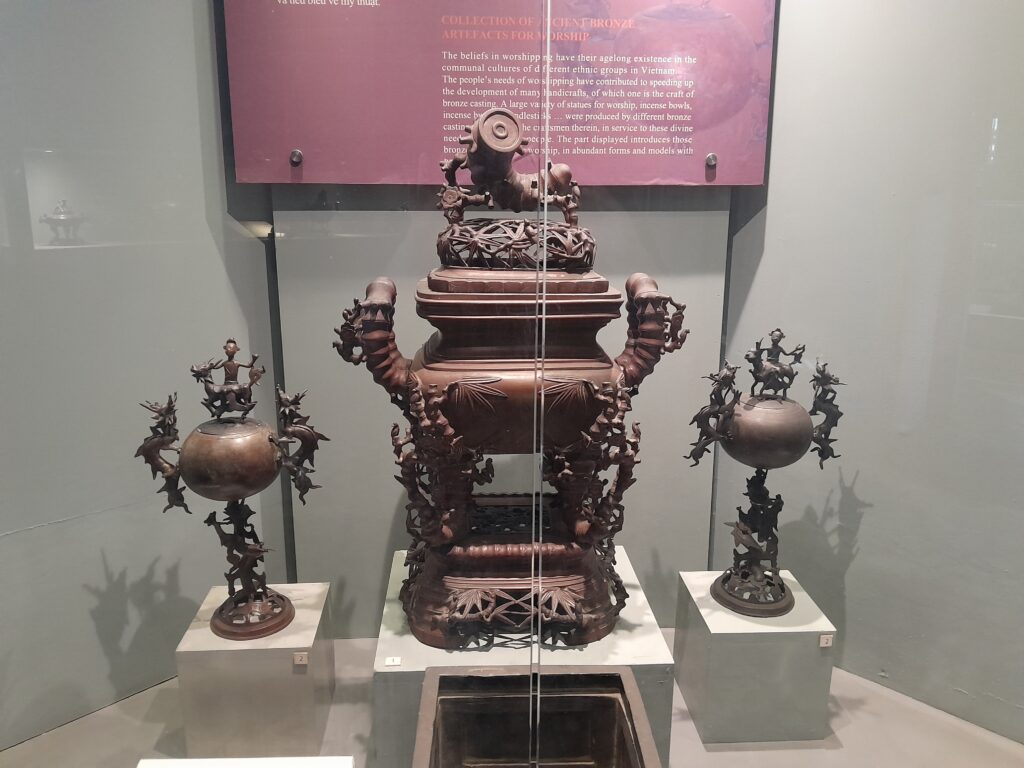
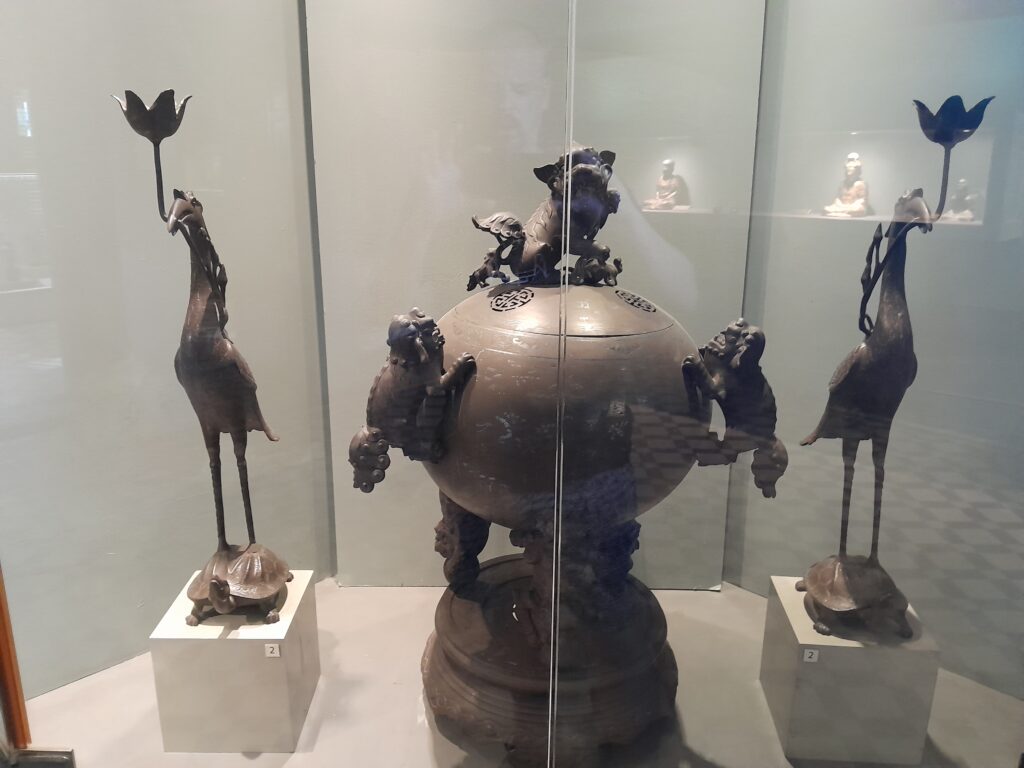
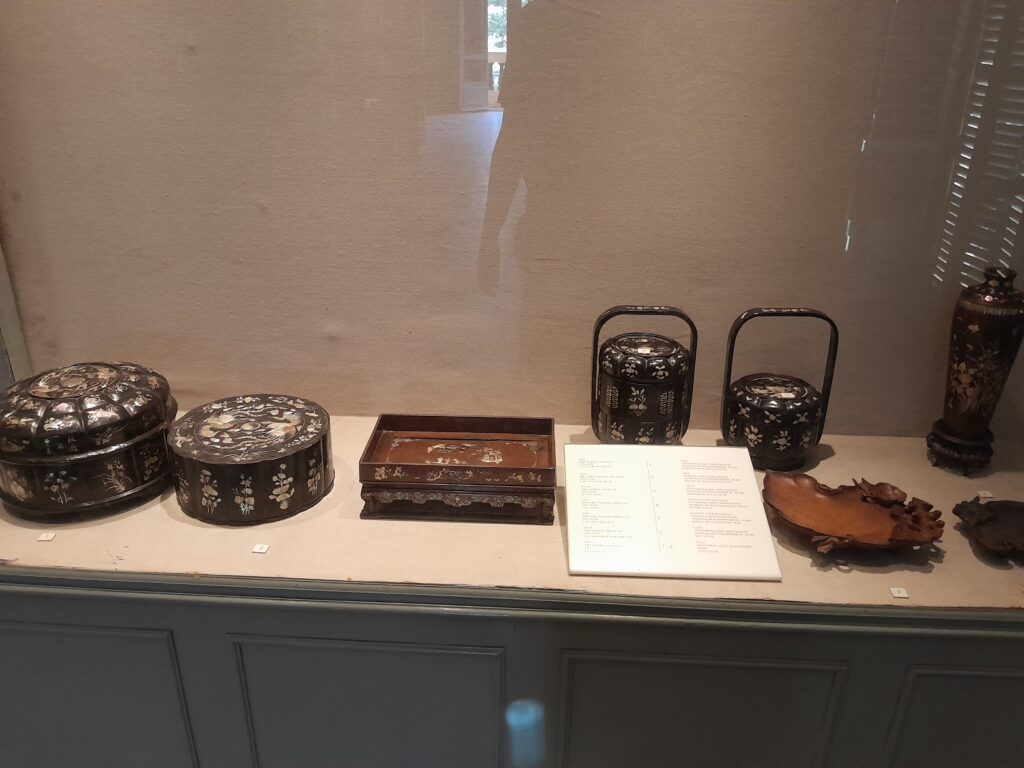
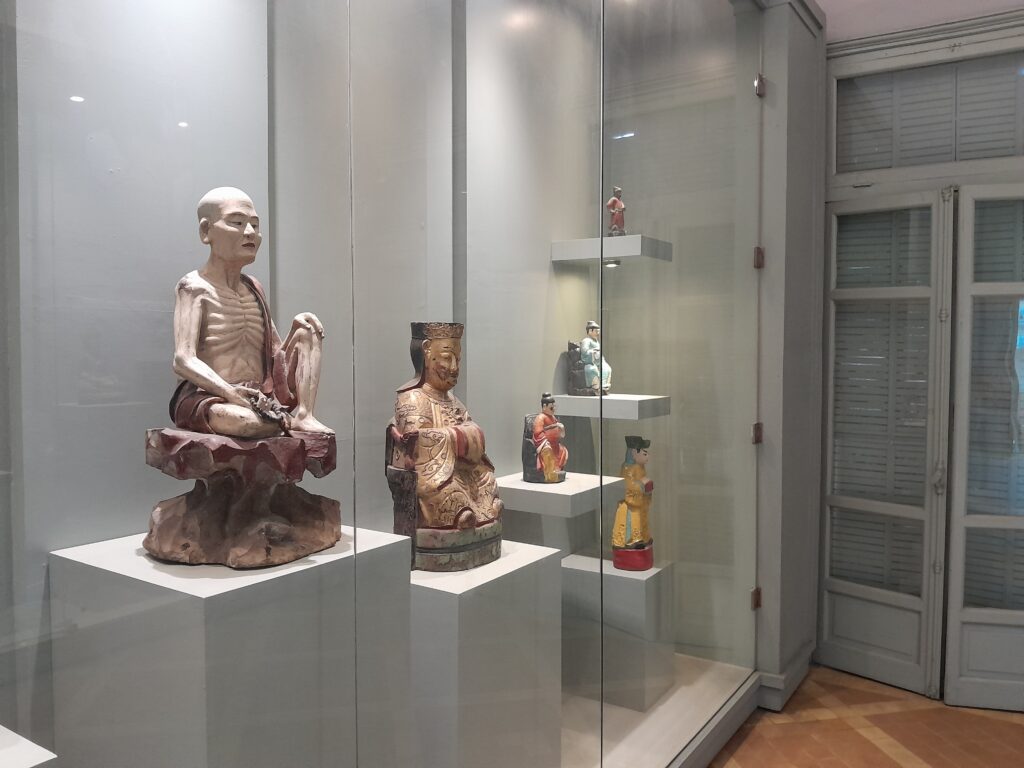
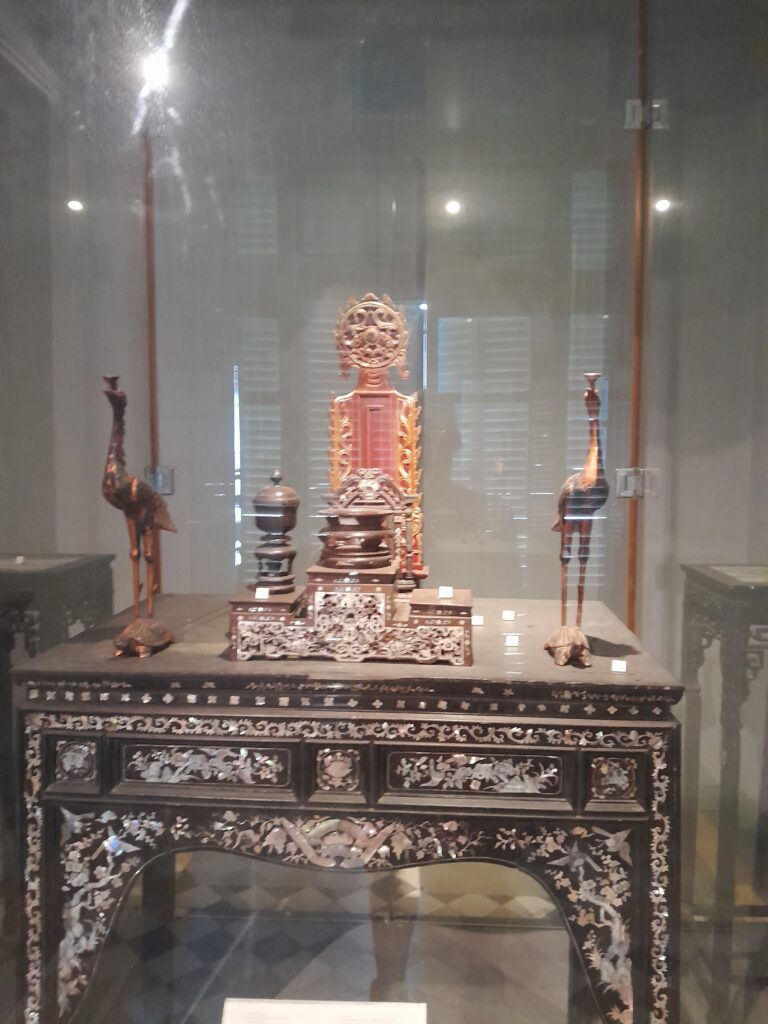
You could easily spend an entire day here and still feel like you’ve only scratched the surface. It’s a place that gives both historical insight and a sense of contemporary Vietnamese creativity. It can even offer a quiet moment of reflection after confronting the harsh realities of war.
